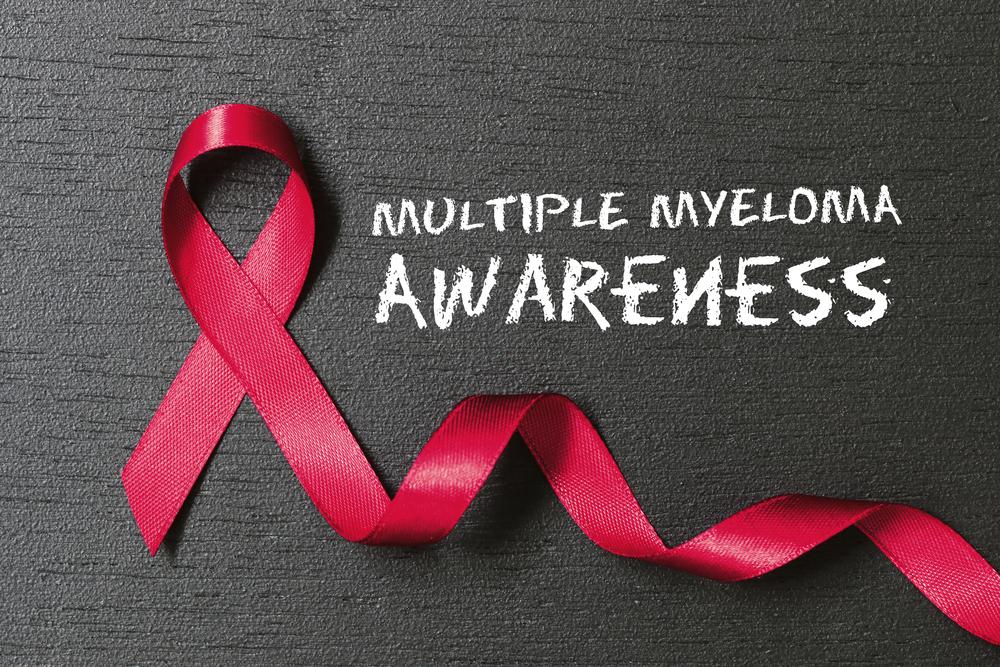Comprehensive Guide to Multiple Myeloma: Types, Symptoms, and Advanced Treatment Options
This detailed guide explores multiple myeloma, its different types, symptoms, and the latest treatment options available. Learn how early detection, advanced therapies like stem cell transplants, and targeted drugs can improve outcomes for patients. Understanding the disease helps patients and doctors develop personalized treatment plans, ultimately increasing survival and quality of life.

An In-Depth Look at Multiple Myeloma: Types, Symptoms, and Cutting-Edge Treatments
Multiple myeloma is a complex and often aggressive form of blood cancer that originates in plasma cells—a vital component of the immune system responsible for producing antibodies. This disease is characterized by the abnormal and uncontrolled proliferation of plasma cells within the bone marrow, leading to a cascade of health issues that can profoundly affect a person’s quality of life. Thanks to recent breakthroughs in medical research, the landscape of diagnosis and treatment has dramatically improved, providing hope and more effective management options for those affected.
Understanding the different types of multiple myeloma is crucial for early detection, accurate diagnosis, and tailored treatment strategies. Recognizing the distinctions between its various forms helps physicians formulate personalized treatment plans that optimize outcomes and improve patient prognosis. This comprehensive guide explores the nuances of multiple myeloma types, their clinical features, diagnostic criteria, and the most advanced treatment options available today.
Types of Multiple Myeloma Explained
Smoldering Multiple Myeloma: This precursor or early stage of disease is often asymptomatic, making it challenging to detect during initial screening. Patients with smoldering myeloma display an increased number of plasma cells in their bone marrow—at least 10%—or have elevated monoclonal (M) protein levels in the blood exceeding 30 g/L. Despite the abnormal proliferation of plasma cells, individuals in this stage typically do not experience symptoms like anemia, bone pain, or kidney problems. They are usually diagnosed incidentally during routine blood tests or bone marrow examinations. Close monitoring is essential, as a small percentage of smoldering cases progress to active multiple myeloma over time.
Active Multiple Myeloma: When the disease advances to this stage, symptoms become apparent, and the health impact intensifies. Patients show more than 10% plasma cells in their bone marrow, coupled with detectable M-protein in blood or urine. Clinical manifestations often include anemia, bone pain or fractures, renal impairment, hypercalcemia, and increased susceptibility to infections. The disease is more aggressive at this stage and requires prompt, comprehensive treatment to control the proliferation of malignant plasma cells.
Diagnosing the specific type of multiple myeloma is pivotal in determining the most effective treatment approach. Modern diagnostic techniques involve blood tests, urine analysis, bone marrow biopsies, imaging studies like MRI or PET scans, and genetic testing to identify specific mutations or markers associated with the disease. Understanding the disease stage and subtype guides hematologists in designing personalized, targeted therapies that maximize efficacy while minimizing side effects.
Treatment Strategies for Multiple Myeloma
Treatment options for multiple myeloma have evolved significantly, offering a combination of traditional chemotherapy and advanced targeted therapies. The selection of treatment depends on the disease stage, patient health status, age, and specific disease characteristics. Multimodal approaches are often employed to improve outcomes, with the goal of controlling the disease, alleviating symptoms, and prolonging survival.
Chemotherapy: The backbone of multiple myeloma treatment, chemotherapy uses powerful drugs to kill or inhibit the growth of malignant plasma cells. Over the years, newer chemotherapy regimens have improved response rates and minimized adverse effects.
Bisphosphonates: Medications like zoledronic acid and pamidronate play a vital role in preserving bone density, preventing fractures, and reducing bone pain—common complications in myeloma patients.
Radiation Therapy: Electromagnetic radiation is used selectively to target specific bone lesions or painful areas, providing relief and local control of the disease.
Surgery: Though not routine for myeloma, surgical intervention may be necessary to stabilize bones or treat severe fractures and spinal cord compression.
Stem Cell Transplant: As one of the most effective treatments for eligible patients, autologous stem cell transplantation involves high-dose chemotherapy followed by the infusion of healthy stem cells to replace damaged marrow tissue. This approach has significantly extended survival rates.
Plasmapheresis: This technique involves filtering the blood to remove excess abnormal plasma cells and M-proteins, particularly in cases with hyperviscosity or renal failure.
While treatments can be costly and challenging, their primary aim is to eradicate abnormal plasma cells, restore immune function, and improve overall quality of life. Early diagnosis and prompt initiation of therapy often lead to better disease control and longer survival times.
In summary, understanding the intricacies of multiple myeloma—including its various types, clinical features, and treatment options—is crucial for patients and healthcare providers alike. Advances in targeted therapies, stem cell transplants, and supportive care continue to enhance prognosis and offer hope for those battling this challenging disease. Ongoing research and clinical trials promise even more effective treatments in the future, aiming for higher remission rates and improved patient outcomes.





